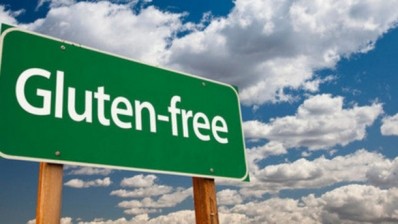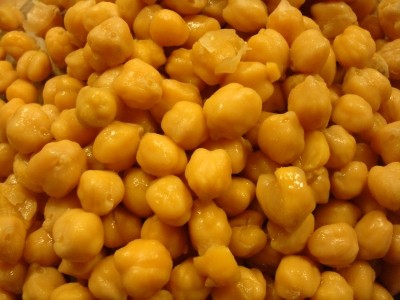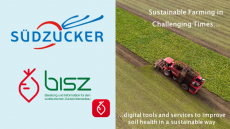The rise and rise of gluten-free
Since it was valued at a modest $580m in 2004, the market has grown at an average annual rate of 29 per cent and last year was worth $1.56bn, according to Packaged Facts, which estimates the market in 2012 could be worth as much as $2.6bn.
On the consumer side, demand has been fuelled by greater diagnosis of coeliac disease, sufferers of which must avoid gluten in everything they eat. The disease currently affects an average of one in 300 people in Europe, one in 200 in Germany and one in 100 in the UK.
There is also a growing belief among sufferers of a wide variety of illnesses (including coeliac disease, autism, attention deficit disorder, irritated bowel syndrome and multiple sclerosis) that gluten-free will provide relief - although science and doctors' advice may not back this up.
Rapid NPD
Manufacturers have been quick to seize upon the opportunity, bringing a raft of gluten-free products to market ranging from cereals and pasta to cookies, crackers, snacks and bread.
The European supplier landscape is fragmented with specialist manufacturers dominating the scene. However, larger players are starting to emerge with Italy’s Dr Schar claiming market leading status.
Between January 2008 and June 2009, Mintel’s Global New Products Database found gluten-free to be the 10th most popular claim for new product launches throughout Europe with 3,398 gluten-free products launched into the market. The most claims were made on products introduced in the UK (903), Spain (469), Germany (361) and the Netherlands (288).
Growing US demand
In the US, a recent report from New Nutrition Business entitled “Organic and All Natural Kids Snacks and Baby Foods” claimed that 15-25 per cent of American parents actively seek gluten-free food and drink.
“The driver is a belief among people that they, or their children, may have a gluten sensitivity – even though they are not diagnosed as having an allergy,” said the report. “It’s an example of how belief can be a more compelling reason to purchase than rational science.”
Only 40,000 to 60,000 Americans are diagnosed as having coeliac disease, although the federal government estimates there could be as many as 3m who remain undiagnosed.
The budding interest in gluten-free has not escaped the attentions of big brand owners. Since Anheuser-Busch became the first major brand to create a gluten-free product, with its Redbridge beer in 2006, numerous multinationals have entered the fray. The same year, spice giant McCormick and Co acquired Simply Asia Foods while General Mills recently converted its Rice Chex snack to gluten-free status and has launched five new gluten-free formulations under its Big G brand this summer.
Packaged Facts suggests that the current economic slowdown cannot be seen as a negative factor in the growth of gluten-free as hard-pressed consumers are motivated to try dietary self-help when mainstream medical assistance grows out of reach.





















